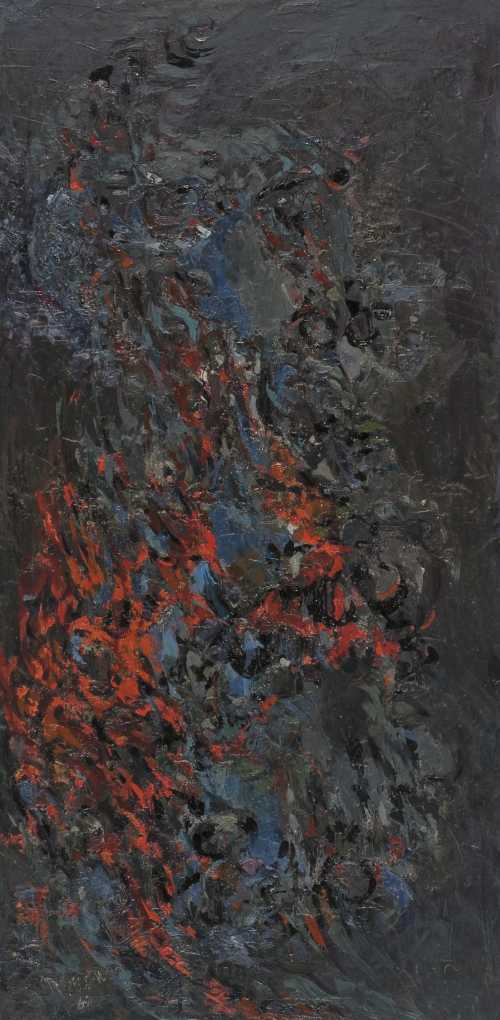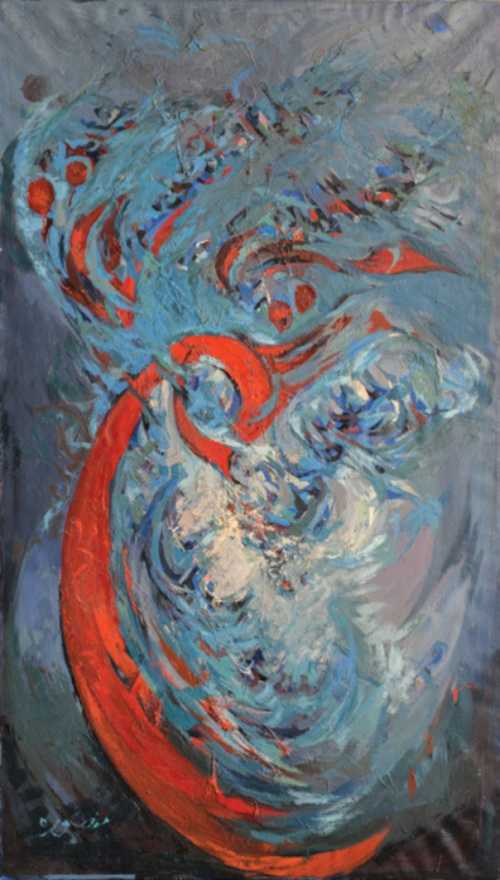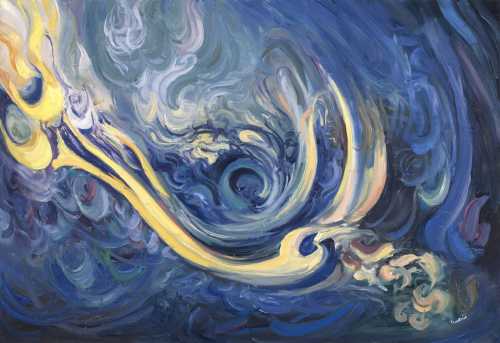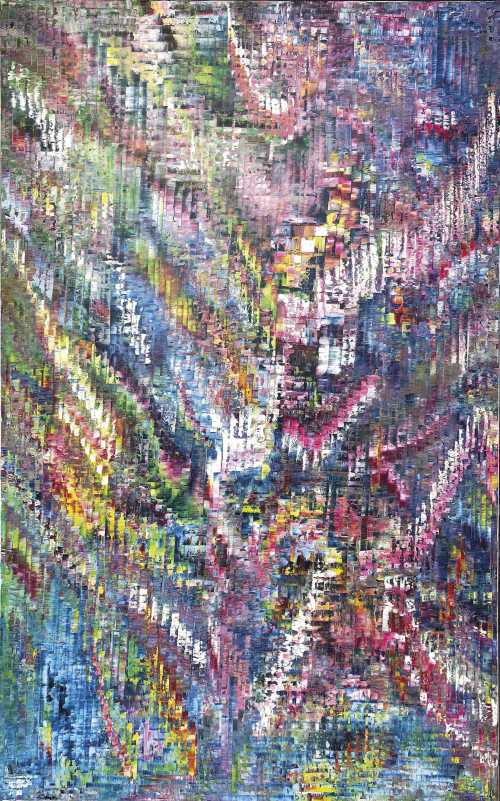- Untitled 1964
- Oil on canvas
- Painting
- 89.5 * 178.5 cm
- signed and dated 'Mansoureh 64' (lower left)
Artwork Description
Mansoureh Hosseini's abstract compositions include certain traditional Iranian visual elements, which recall the rythmic curves of calligraphy. Hosseini's works are somewhat more painterly than those of other Iranian artists -they are highly textured, built up by layer upon layer of thick impasto and executed in carefully matched harmonious colours.
In the late 1950s, Mansoureh Hosseini showed a growing fascination in using simple shapes and curves and angular lines that were faintly similar to Kufic elements in her abstract pictures. By the early 1960s, she was preoccupied with the art and tradition of calligraphy depicting Kufic elements in her works, which were becoming increasingly adhered to the time tendency of neo-traditionalism. Hence, she is widely regarded as one of the pioneers of the style. About the same time she wrote:
'What I have obtained from Kufic script is not the exact script or even imitationI have wanted the movement, repetition, silence and composition and the colours framing the script to show a tranquility, or run away in fright a terrifying revelation; to enter the domain of darkness and disappear from sight, or swim in an hazy atmosphere of lights; to depict a moment of prayer or that of a sad dance. I am not an abstract painter. I have only attempted to change my creatures.'
In the late 1950s, Mansoureh Hosseini showed a growing fascination in using simple shapes and curves and angular lines that were faintly similar to Kufic elements in her abstract pictures. By the early 1960s, she was preoccupied with the art and tradition of calligraphy depicting Kufic elements in her works, which were becoming increasingly adhered to the time tendency of neo-traditionalism. Hence, she is widely regarded as one of the pioneers of the style. About the same time she wrote:
'What I have obtained from Kufic script is not the exact script or even imitationI have wanted the movement, repetition, silence and composition and the colours framing the script to show a tranquility, or run away in fright a terrifying revelation; to enter the domain of darkness and disappear from sight, or swim in an hazy atmosphere of lights; to depict a moment of prayer or that of a sad dance. I am not an abstract painter. I have only attempted to change my creatures.'
More lots by Mansoureh Hosseini
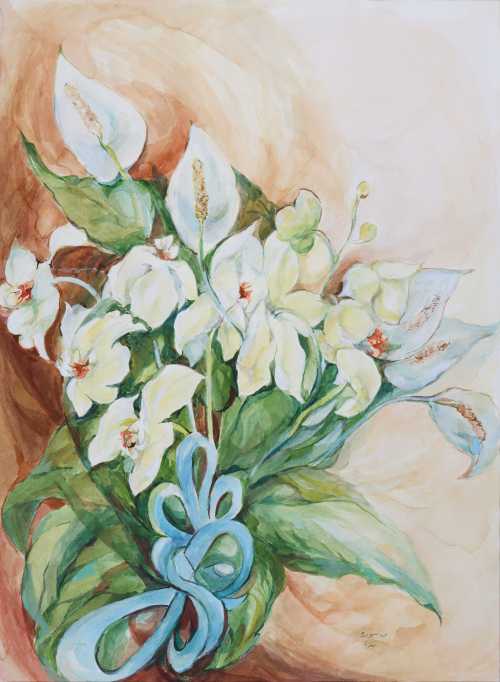
Untitled
Estimation
600,000,000﷼
2,331 USD
-
1,000,000,000﷼
3,884 USD
Sell at
Sale Date
Smart Auction
-
1 January 2021
Realized Price
22,097 USD
Min Estimate
18,304 USD
Max Estimate
25,230 USD
Average Artwork Worth
+3.529%
Average Growth of Artwork Worth
Sales Performance Against Estimates
Average & Median Sold Lot Value
2021 - 2025
Performance vs. Estimate
2021 - 2025
Sell-through Rate
2021 - 2025
Similar Artworks
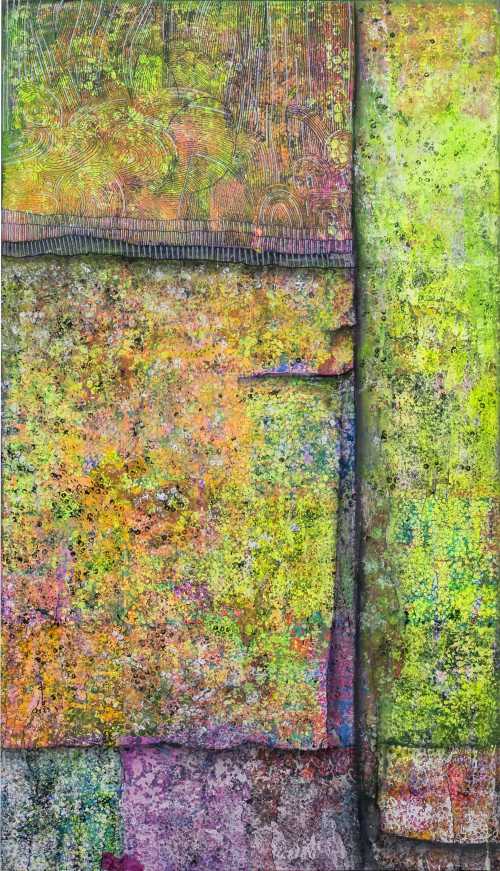
Imprint #2
Estimation
£12,000
16,000 USD
-
£18,000
24,000 USD
Realized Price
£15,240
20,320 USD
1.6%
Sale Date
Sotheby's
-
28 October 2025
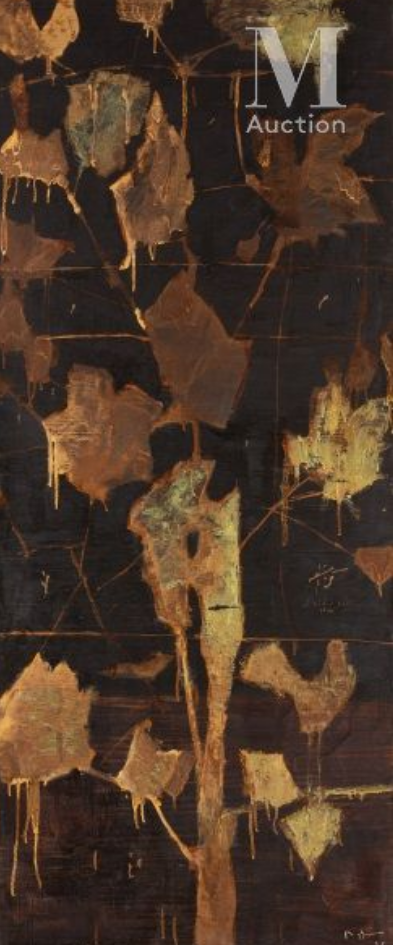
From the series "The Rose & Nightingale"
Estimation
€20,000
24,375 USD
-
€25,000
30,469 USD
Realized Price
€20,000
24,375 USD
11.111%
Sale Date
Millon & Associés
-
16 June 2021
